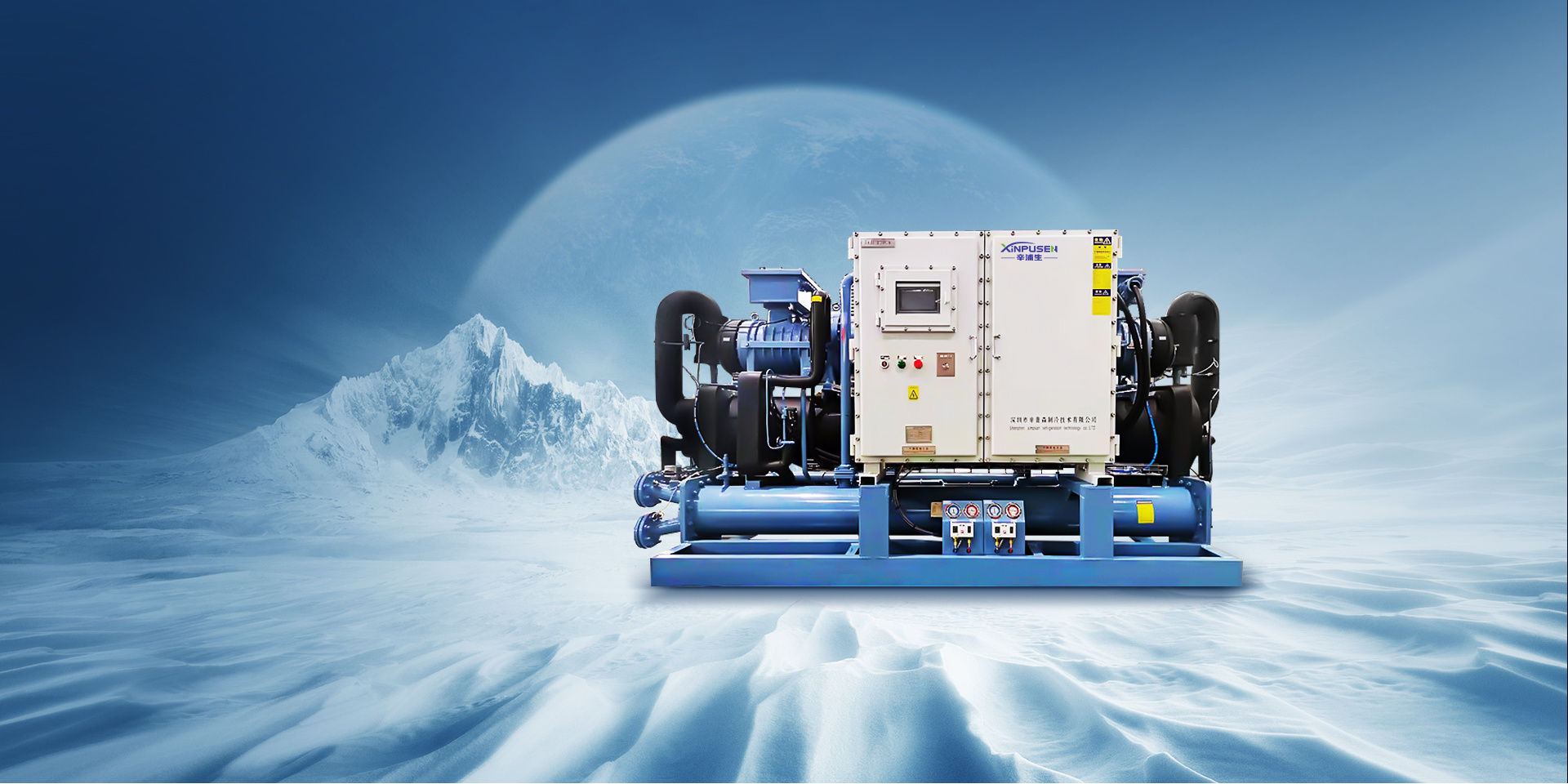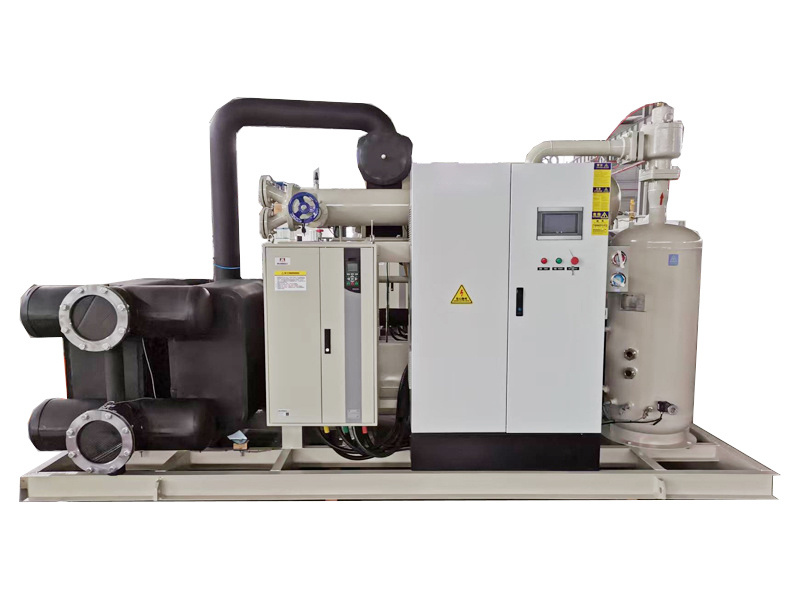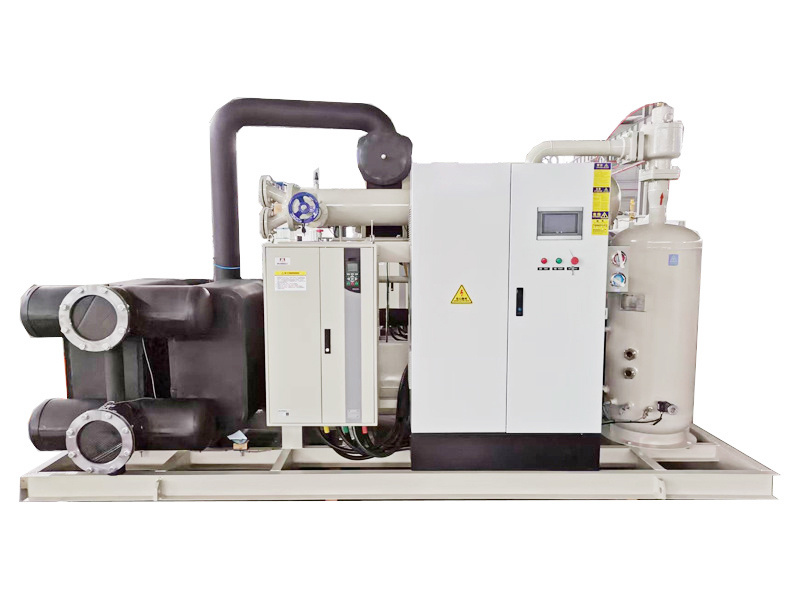Unlocking Efficiency: The Crucial Role of Industrial Temperature Control Equipment in Construction
2025-06-13 14:40
Unlocking Efficiency: The Crucial Role of Industrial Temperature Control Equipment in Construction
Table of Contents
- 1. Introduction to Industrial Temperature Control in Construction
- 2. Importance of Temperature Control Equipment
- 3. Types of Industrial Temperature Control Equipment
- 4. Benefits of Using Temperature Control Systems
- 5. Applications in the Construction Industry
- 6. Enhancing Energy Efficiency with Temperature Control
- 7. Challenges in Implementing Temperature Control Solutions
- 8. The Future of Temperature Control in Construction
- 9. Frequently Asked Questions (FAQs)
- 10. Conclusion
1. Introduction to Industrial Temperature Control in Construction
In modern construction, maintaining the right temperature is not just an option; it is a necessity. Industrial temperature control equipment plays a pivotal role in ensuring the successful execution of construction projects. Whether it’s curing concrete, ensuring the perfect environment for workers, or safeguarding materials from temperature fluctuations, effective temperature control systems can significantly influence the outcome of any construction endeavor.
2. Importance of Temperature Control Equipment
Temperature control equipment serves several critical functions in construction. One of the primary roles is to create and maintain optimal working conditions for both materials and workers. For example, extreme temperatures can lead to material degradation, equipment malfunctions, and reduced productivity. By implementing advanced temperature control solutions, construction firms can avoid costly delays and ensure a smoother workflow.
2.1 Quality Assurance
Ensuring quality is another essential aspect of temperature control in construction. Many materials, such as concrete and adhesives, require specific temperature ranges for optimal performance. If these materials are exposed to temperatures outside their recommended ranges, the structural integrity and longevity of the completed project may be compromised.
2.2 Safety Considerations
Temperature control also plays a pivotal role in ensuring worker safety. High temperatures can lead to heat stress and other health-related issues. Conversely, extremely cold conditions may result in frostbite or other cold-related injuries. Therefore, maintaining a regulated environment is not only beneficial for productivity but vital for ensuring the safety of all personnel on site.
3. Types of Industrial Temperature Control Equipment
There are several types of temperature control equipment used in the construction industry, each designed to cater to specific needs. Understanding these different systems is crucial for selecting the right equipment for any given project.
3.1 Heating Systems
Heating systems, such as portable heaters and radiant heaters, are essential for maintaining warm conditions during colder months or in cooler climates. These systems ensure that materials, like concrete, cure correctly by preventing freezing.
3.2 Cooling Systems
Cooling systems, including portable air conditioners and evaporative coolers, are employed to combat excessive heat during summer months. Proper cooling protects workers from heat stress and ensures the viability of temperature-sensitive materials.
3.3 Climate Control Sensors
Climate control sensors are increasingly popular in construction to monitor temperature and humidity levels. These sensors provide real-time data, allowing project managers to make informed decisions regarding environmental control.
3.4 Insulation Solutions
Insulation materials, such as blankets and wraps, serve as a protective layer to maintain the desired temperature around materials and equipment. These solutions are particularly beneficial when working outdoors in variable weather conditions.
4. Benefits of Using Temperature Control Systems
The advantages of incorporating industrial temperature control equipment into construction processes are manifold. Here are some key benefits:
4.1 Improved Productivity
By maintaining optimal temperature conditions, workers can perform tasks more efficiently without being hampered by extreme heat or cold. Enhanced comfort leads to increased focus and productivity on the job site.
4.2 Enhanced Material Performance
Temperature control ensures that materials perform as intended. For instance, maintaining the correct temperature during the curing of concrete can significantly enhance its strength and durability.
4.3 Reduced Waste and Costs
Controlling temperature minimizes the risk of material failure, which can lead to costly wastage. By ensuring materials are used effectively, construction firms can optimize their budgets and resources.
4.4 Compliance with Regulations
Many construction projects must comply with local building codes and safety regulations regarding temperature management. Investing in temperature control equipment helps firms meet these requirements, avoiding potential legal and financial repercussions.
5. Applications in the Construction Industry
Temperature control equipment is utilized in various facets of the construction industry. Below are some key applications:
5.1 Concrete Curing
Concrete curing requires precise temperature and humidity levels to achieve optimal strength. Industrial heaters and blankets are commonly used to maintain these conditions, particularly in cold weather.
5.2 HVAC Installation
During the installation of heating, ventilation, and air conditioning (HVAC) systems, maintaining the right temperature is crucial for ensuring proper functionality. Temperature control systems provide the necessary conditions for these installations.
5.3 Material Storage
Many construction materials, such as adhesives and paints, are sensitive to temperature fluctuations. Proper storage environments created through temperature control systems ensure the integrity of these materials until they are needed.
6. Enhancing Energy Efficiency with Temperature Control
Energy efficiency is a growing concern in the construction industry. By utilizing industrial temperature control equipment, companies can not only enhance productivity but also reduce energy costs.
6.1 Smart Temperature Control Solutions
Modern temperature control systems often come equipped with smart technology that allows for remote monitoring and management. This capability enables construction managers to optimize energy use, reducing both carbon footprints and costs.
6.2 Sustainable Practices
Implementing energy-efficient temperature control systems aligns with sustainability goals. By reducing energy consumption, construction firms can contribute to environmentally friendly practices while also improving their bottom lines.
7. Challenges in Implementing Temperature Control Solutions
Although the benefits are significant, several challenges exist in the implementation of temperature control systems in construction.
7.1 Initial Costs
The initial investment in temperature control equipment can be substantial. However, this investment often pays off in the long term through reduced material waste and improved efficiency.
7.2 Training and Maintenance
Proper training is essential for personnel to utilize temperature control equipment effectively. Additionally, regular maintenance is required to ensure systems operate optimally, which can add to operational costs.
7.3 Technology Integration
Integrating new temperature control systems with existing construction practices may pose challenges. Ensuring compatibility with other technologies and workflows is essential for seamless operation.
8. The Future of Temperature Control in Construction
The future of industrial temperature control equipment in construction appears promising. Innovations such as advanced sensors, AI-driven management systems, and enhanced insulation materials are on the horizon, making temperature control even more efficient and effective.
8.1 Innovations on the Horizon
As technology evolves, we can expect to see smarter systems that learn and adjust to environmental changes automatically. This adaptability will further optimize energy use and enhance productivity.
8.2 Increased Focus on Sustainability
With growing awareness of environmental issues, the focus on sustainable construction practices will drive the demand for energy-efficient temperature control solutions. Companies that invest in these technologies will likely gain a competitive edge.
9. Frequently Asked Questions (FAQs)
1. What is industrial temperature control equipment?
Industrial temperature control equipment refers to systems and devices used to regulate temperature in construction environments, ensuring optimal conditions for materials and workers.
2. Why is temperature control important in construction?
Temperature control is essential for maintaining material integrity, enhancing worker safety, ensuring quality, and improving overall project efficiency.
3. What types of temperature control systems are available?
Common types include heating systems, cooling systems, climate control sensors, and insulation solutions.
4. How does temperature control impact energy efficiency?
Implementing energy-efficient temperature control systems can significantly reduce energy costs and decrease environmental impact by optimizing energy use during construction.
5. What challenges might arise when implementing temperature control solutions?
Challenges include initial costs, the need for staff training, and the integration of new technologies with existing systems.
10. Conclusion
In conclusion, industrial temperature control equipment plays a vital role in enhancing construction efficiency, ensuring quality, and promoting worker safety. By understanding the types, benefits, and applications of these systems, construction firms can make informed decisions that significantly impact their projects' success. As technology continues to advance, the future of temperature control in construction promises even greater efficiencies and sustainability, making it an indispensable component of modern construction practices. Embracing these innovations today will unlock tomorrow’s potential for a more effective and environmentally conscious construction industry.
Previous: Understanding Industrial Temperature Control Equipment in Building and Decoration Materials
More Information
2025-10-27
Unlocking the Benefits of Ultra-Low Temperature Cascade Chillers in Industry
2025-10-20
china double-stage low temperature chiller
2025-10-20
Understanding Double-Stage Low Temperature Chillers: Efficiency and Applications
2025-10-13
Understanding the Benefits of a Double-Stage Low Temperature Chiller: A Comprehensive Guide
2025-10-27
Unlocking the Benefits of Ultra-Low Temperature Cascade Chillers in Industry









 CN
CN EN
EN



